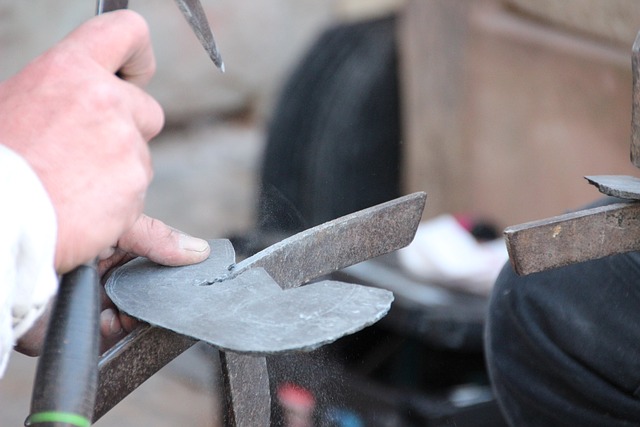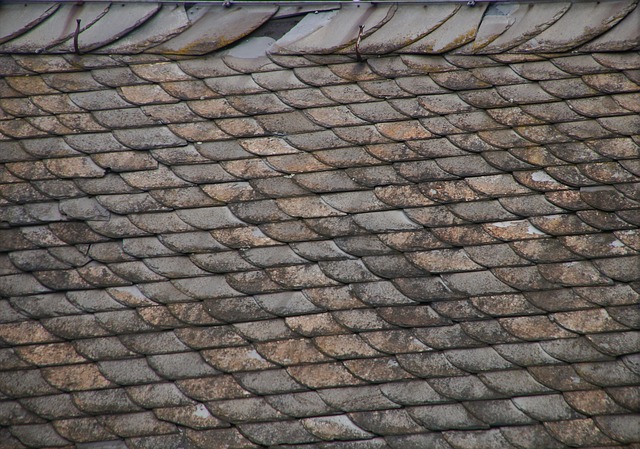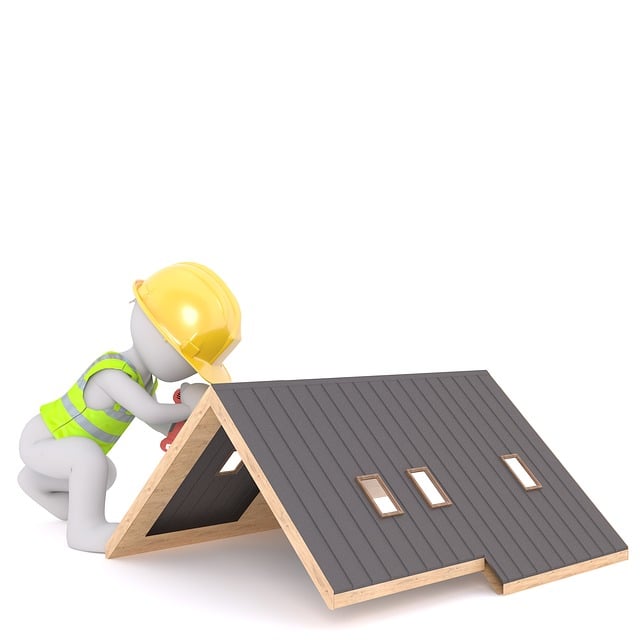After a storm, it's crucial to have a roofer conduct a detailed inspection of your property to assess roof damage from wind and rain. This includes checking for shingle loss, flashing issues, and internal waterproofing integrity. Roofers must act promptly to repair visible damage and reinforce the structure against future weather events to prevent mold, decay, and structural failure. They also evaluate and fix ventilation systems, which are critical for maintaining attic temperature and moisture levels, ensuring the overall health of your roof and home. Hiring a skilled roofer post-storm can save homeowners from costly repairs later by quickly addressing damage that could lead to more extensive issues. Regular maintenance and prompt repairs by expert roofers are key to preserving your property's integrity, safety, and resilience against environmental stressors.
When a storm sweeps through, its power can leave a home’s roof battered and compromised. This article delves into the nuances of storm damage repair, from identifying shingle loss to restoring your home’s structural integrity. We explore the critical steps in inspecting and replacing damaged shingles, the importance of proper ventilation, assessing deeper structural concerns, and selecting suitable roofing materials for repairs. Homeowners will find guidance on navigating insurance claims, choosing a trustworthy roofer, and implementing preventative measures to mitigate future damage. With expert insights from seasoned roofers and a case study on post-storm repair, this article is a comprehensive resource for anyone facing the aftermath of severe weather. Understanding the environmental impact and learning how to budget for repairs are also key components covered. Rest assured, your home can withstand the next storm, with the right knowledge and professional care.
- Understanding Storm Damage: The Impact on Roofs
- Initial Assessment: Identifying Shingle Loss and Other Damages
- Importance of Prompt Shingle Repairs Post-Storm
- Step-by-Step Guide to Inspecting and Replacing Lost or Damaged Shingles
- Ventilation and Storm Damage: Ensuring Your Roof Breathes Properly
Understanding Storm Damage: The Impact on Roofs
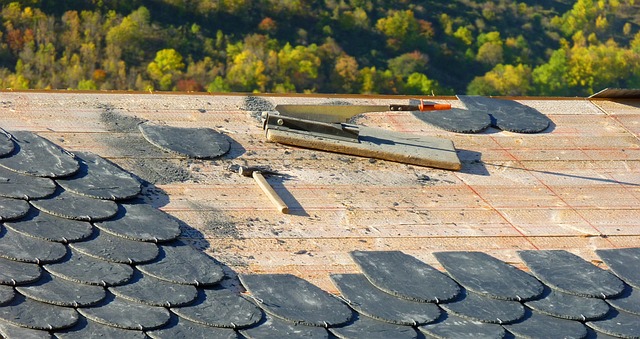
When high winds and torrential rains lash a region, the integrity of residential and commercial structures is put to the test. A roofer’s expertise becomes paramount in assessing and addressing the myriad issues that can arise from such storm damage. The impact on roofs can range from minor shingle loss to severe structural compromise, depending on factors like the intensity of the storm, the type of roofing materials used, and the age and condition of the roof prior to the event. After a storm, it’s crucial to conduct a thorough inspection by a certified roofer to determine the extent of the damage. They can identify hidden issues that might not be immediately apparent, such as compromised flashing around chimneys or vent pipes, which could lead to leaks and further deterioration if left unaddressed. The roofer’s role is not only to repair the visible damage but also to ensure that the structure’s waterproofing defenses are restored, preventing long-term problems such as mold growth or wooden structural support decay. In the aftermath of a storm, prompt action by skilled roofers is essential to safeguard the overall integrity of buildings and to maintain the safety and comfort of their occupants. Regular maintenance and timely repairs by professional roofers can also mitigate the effects of future storms, reducing the potential for extensive damage and ensuring that homes and businesses remain secure and resilient against the elements.
Initial Assessment: Identifying Shingle Loss and Other Damages
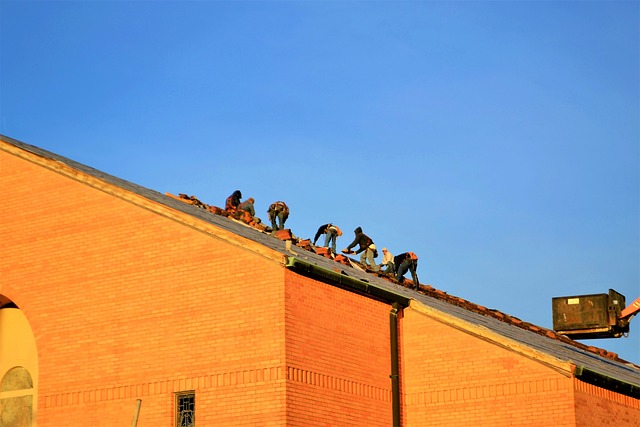
When a storm strikes, the first step in mitigating the impact on your property is an initial assessment by a qualified roofer. This professional will meticulously inspect your roof for signs of shingle loss, which can compromise the integrity of your home’s upper structure. Shingles are the first line of defense against weather elements and their absence can lead to water infiltration and subsequent interior damage. The roofer will utilize specialized tools to detect missing or damaged shingles, assess their condition, and determine the extent of the repair required. In addition to shingle loss, the assessment includes evaluating other potential storm damages such as granule loss, which weakens shingles over time; cracking or buckling due to high winds; and any noticeable gaps where elements can enter and cause further harm. The roofer’s keen eye will identify these issues early on, allowing for prompt and effective repairs that prevent more costly problems down the line. Homeowners should engage a roofer as soon as possible after a storm to ensure a thorough examination of the roof system, thereby maintaining the structural health and longevity of their property.
Importance of Prompt Shingle Repairs Post-Storm
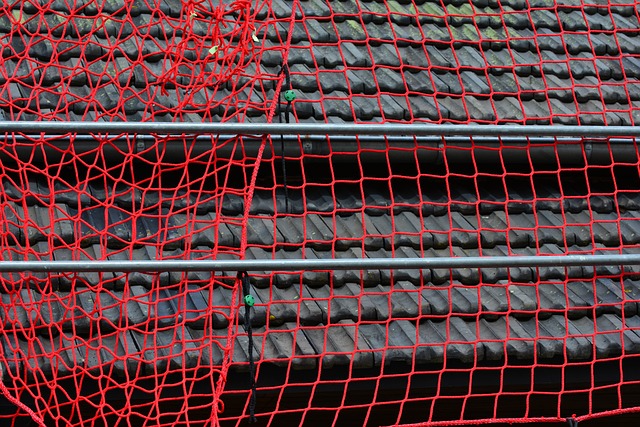
When a storm strikes, the immediate assessment and repair of shingle damage on roofs are critical to prevent further issues. A timely response to damaged shingles by a skilled roofer is essential to maintain the integrity of a home’s structure and protect its contents from water intrusion. Shingles act as a building’s first line of defense against the elements, and their prompt repair post-storm can prevent more extensive damage that might occur if left unaddressed. The high winds and heavy rains associated with storms can cause shingles to lift, crack, or even blow off entirely, compromising the structural protection they provide. A professional roofer can effectively assess the extent of the damage, making necessary repairs to secure the roof against potential leaks that could lead to mold growth, ceiling damage, and compromised insulation efficiency. By addressing shingle damage swiftly, homeowners can ensure that their property remains dry, safe, and secure in the aftermath of a storm, ultimately saving time and money on more significant repairs or renovations later on.
Step-by-Step Guide to Inspecting and Replacing Lost or Damaged Shingles
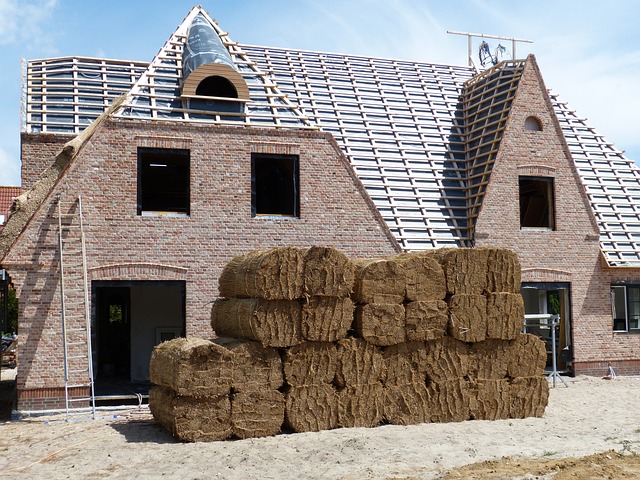
When a storm hits, it can leave your roof battered and vulnerable to the elements. To ensure the integrity and security of your home, it’s crucial to promptly inspect and address any shingle loss or damage. A roofer specializes in these assessments and can provide expert guidance through each step of the process. Begin by safely accessing the roof to visually survey the extent of the damage. Look for missing, cracked, or curled shingles, as well as any granule loss that could indicate more widespread issues. If the damage is confined to a small area, you may be able to replace the affected shingles yourself. However, for larger areas or if you’re unsure, it’s advisable to enlist the services of a professional roofer.
Once the damaged shingles are identified, carefully remove them without disturbing the surrounding shingles. Use a flat pry bar or roofing shovel inserted under the tab of the shingle directly above the damaged one to gently lift it off. Continue until you’ve removed all compromised shingles and any underlying felt paper if necessary. Next, measure and cut a replacement shingle from your existing bundles, ensuring it matches the others in color and texture for a uniform appearance. Apply asphalt cement to the exposed area where the new shingle will be placed, and carefully set the shingle into position, aligning it with the adjacent shingles. Secure it with roofing nails, being careful not to overdrive them, which could cause further damage or leaks. Finally, apply a layer of asphalt cement over the replaced shingle and any exposed nails to protect against moisture intrusion. For larger-scale repairs or complex structural issues resulting from storm damage, always trust the expertise of a skilled roofer to ensure proper repair and long-term protection for your home.
Ventilation and Storm Damage: Ensuring Your Roof Breathes Properly
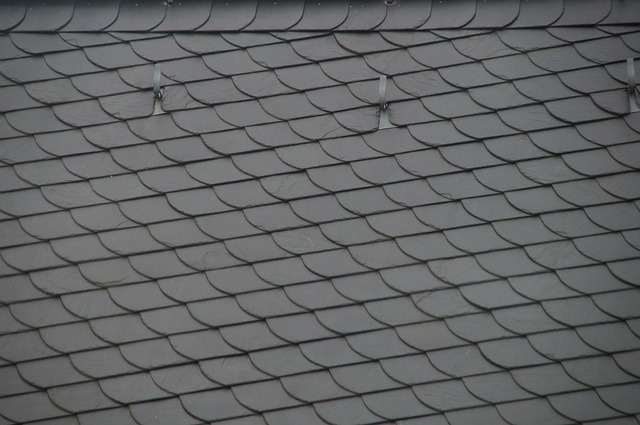
When storms strike, they can inflict a spectrum of damage on your roof, ranging from minor shingle loss to significant structural compromise. Among the critical components to assess post-storm is the roof’s ventilation system. Proper roof ventilation plays a pivotal role in maintaining the integrity and longevity of your roof structure. A seasoned roofer will attest to the importance of this system, as it ensures a balance of airflow that helps regulate temperature and moisture levels within your home’s attic space. After a storm, it’s imperative to inspect these vents for damage. Wind-driven debris can compromise ventilation paths, leading to poor air circulation. This not only affects the comfort within your home but also can accelerate the degradation of roofing materials and insulation if left unaddressed. A roofer skilled in assessing storm damage will check for breaches in the ventilation system, including soffit vents, ridge vents, gable vents, and any other intake or exhaust points. Replacing or repairing these components is essential to restoring your roof’s ability to “breathe” properly, thereby protecting your home from the adverse effects of humidity and preventing potential structural issues that storms can exacerbate. After the initial repair, a roofer should also advise on long-term solutions for improved ventilation to enhance your roof’s resilience against future weather events.
Roofs endure significant stress during storms, potentially leading to shingle loss or even structural compromise. Recognizing the signs of such damage and addressing them promptly is crucial for maintaining a secure and weather-tight home. This article has outlined the key aspects of understanding storm damage, conducting an initial assessment to identify issues, and the importance of timely shingle repairs. It also provided a step-by-step guide for inspecting and replacing shingles, emphasizing the role of proper ventilation in storm-damaged roofs to prevent further complications. Homeowners facing such challenges should consider enlisting the expertise of a reputable roofer who can assess the extent of the damage and implement effective solutions to ensure the longevity and integrity of their roof systems. With the right response, homes can weather the aftermath of storms successfully, safeguarding against leaks and larger structural problems.
